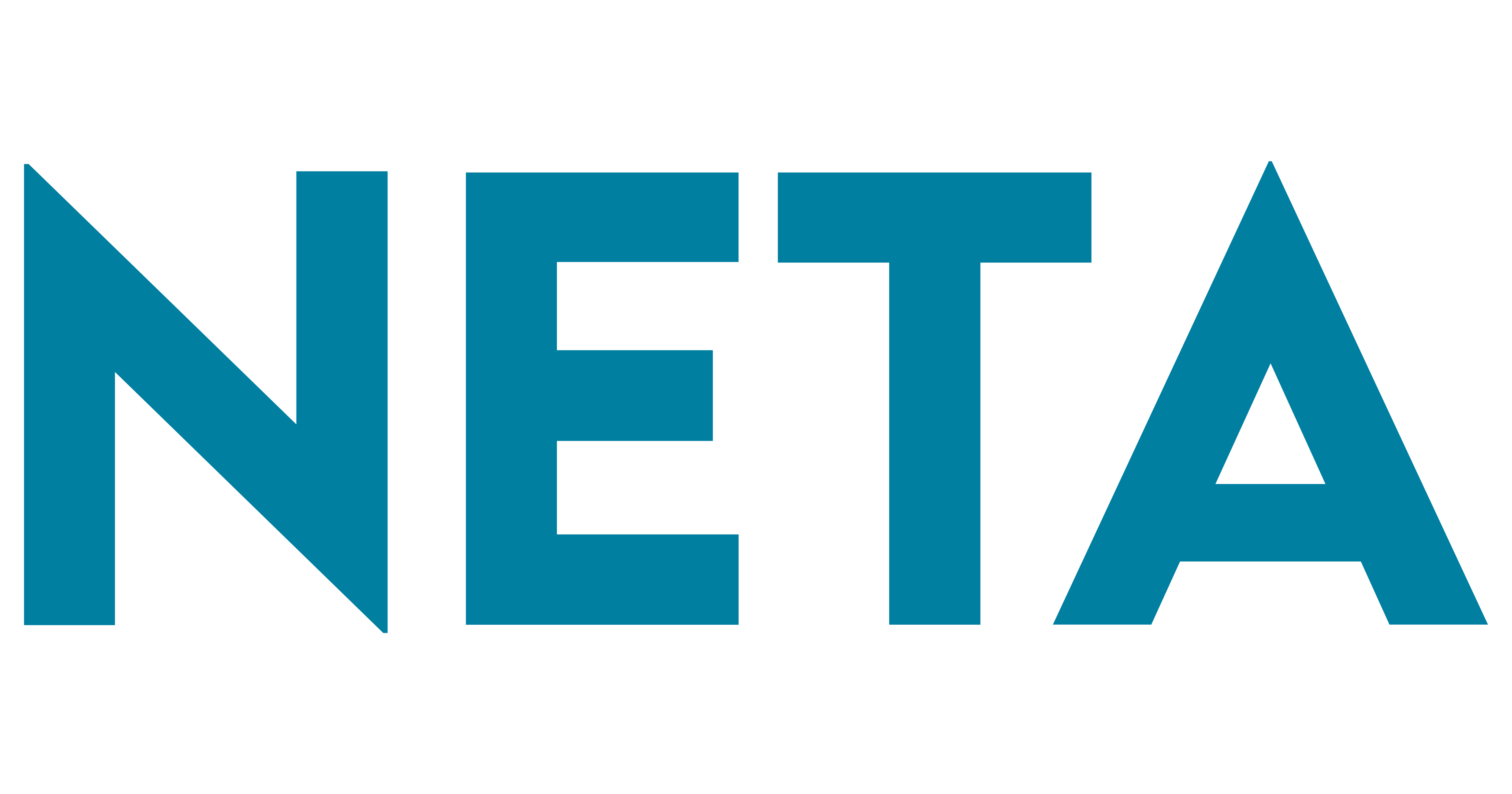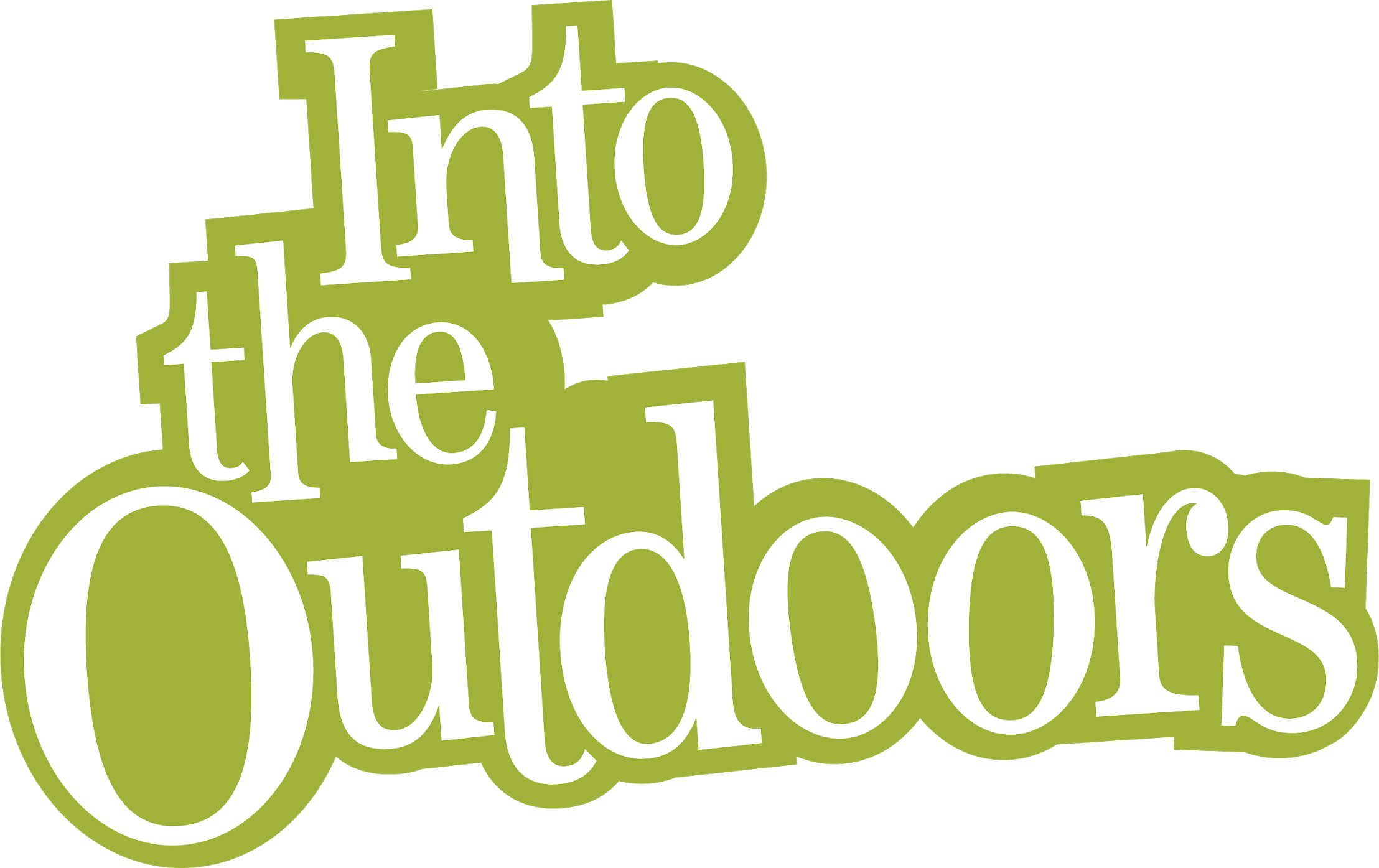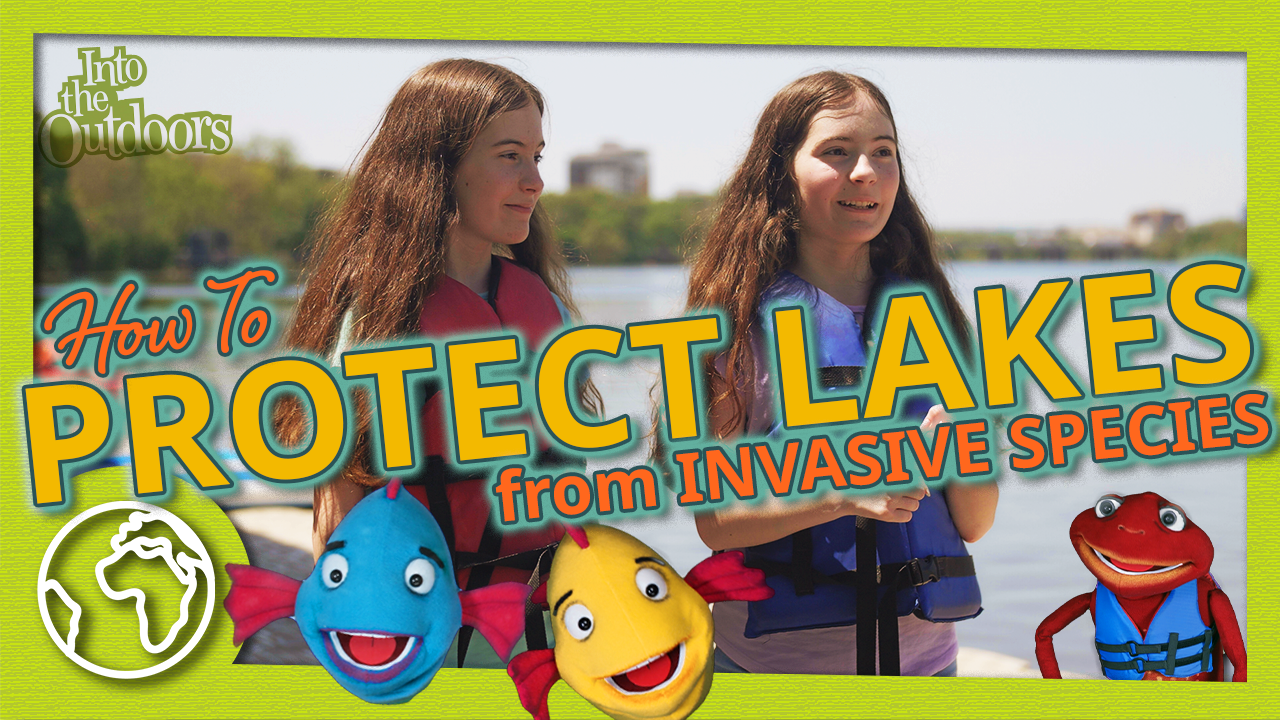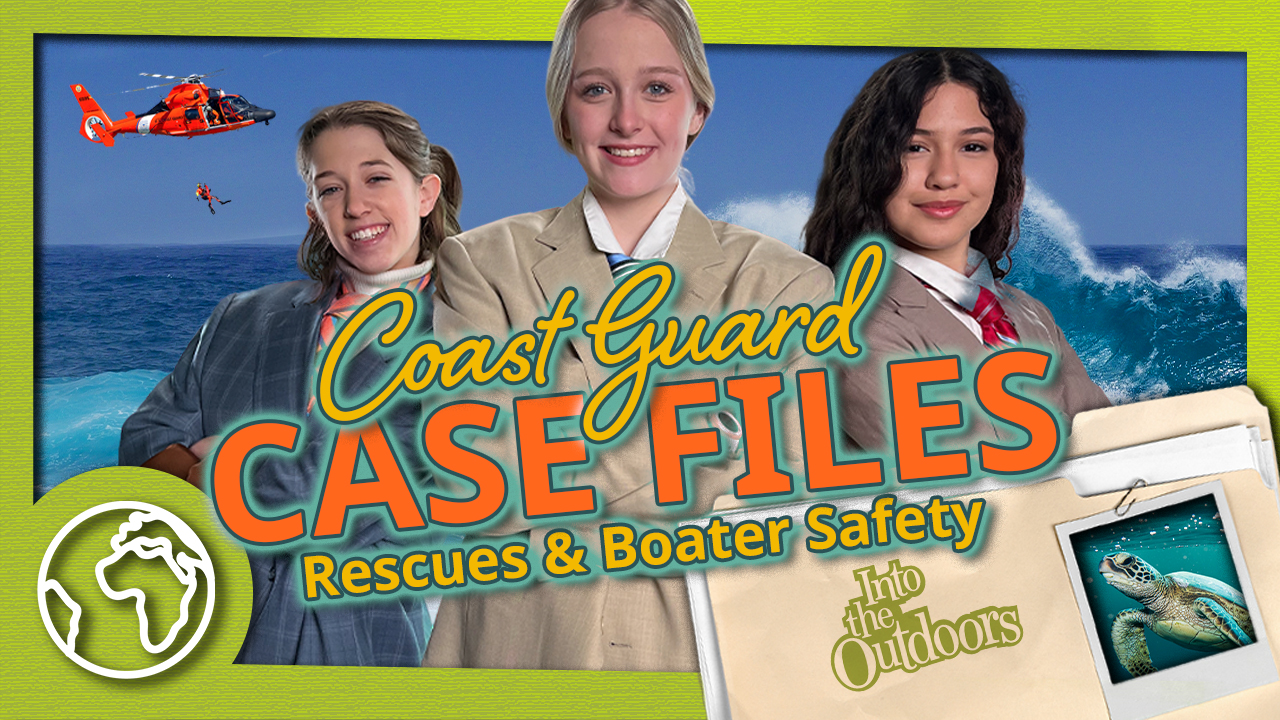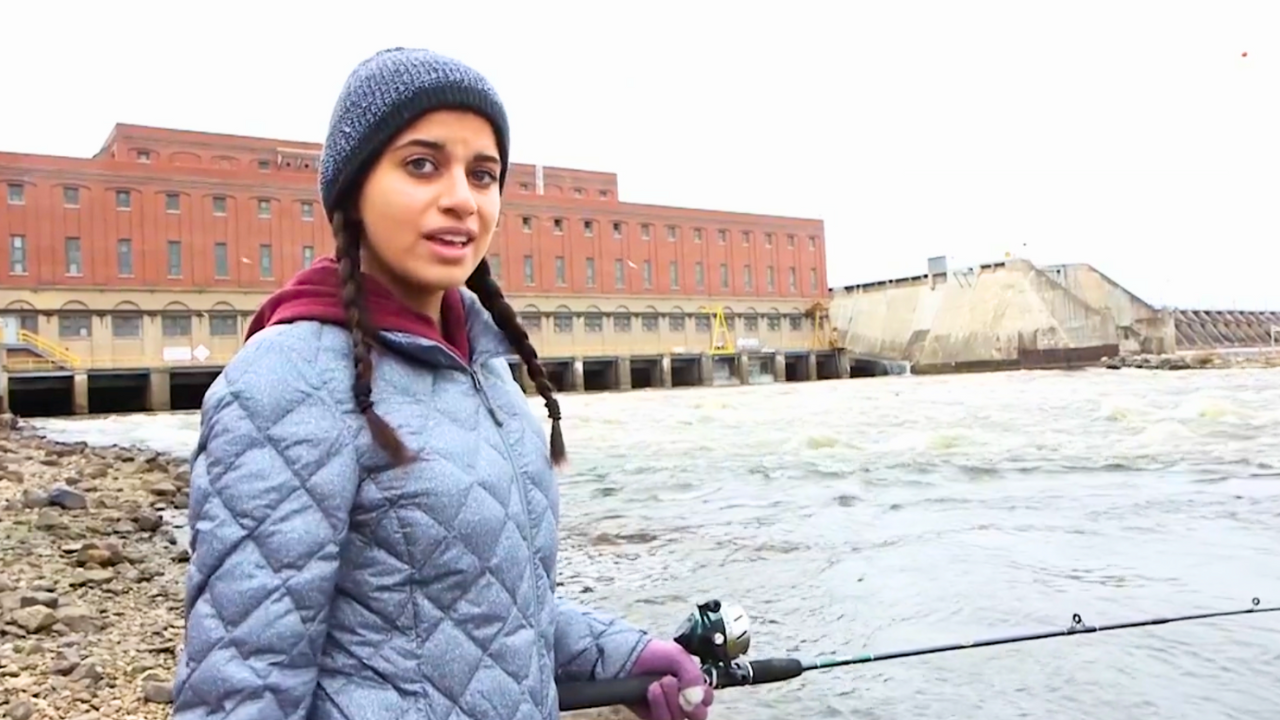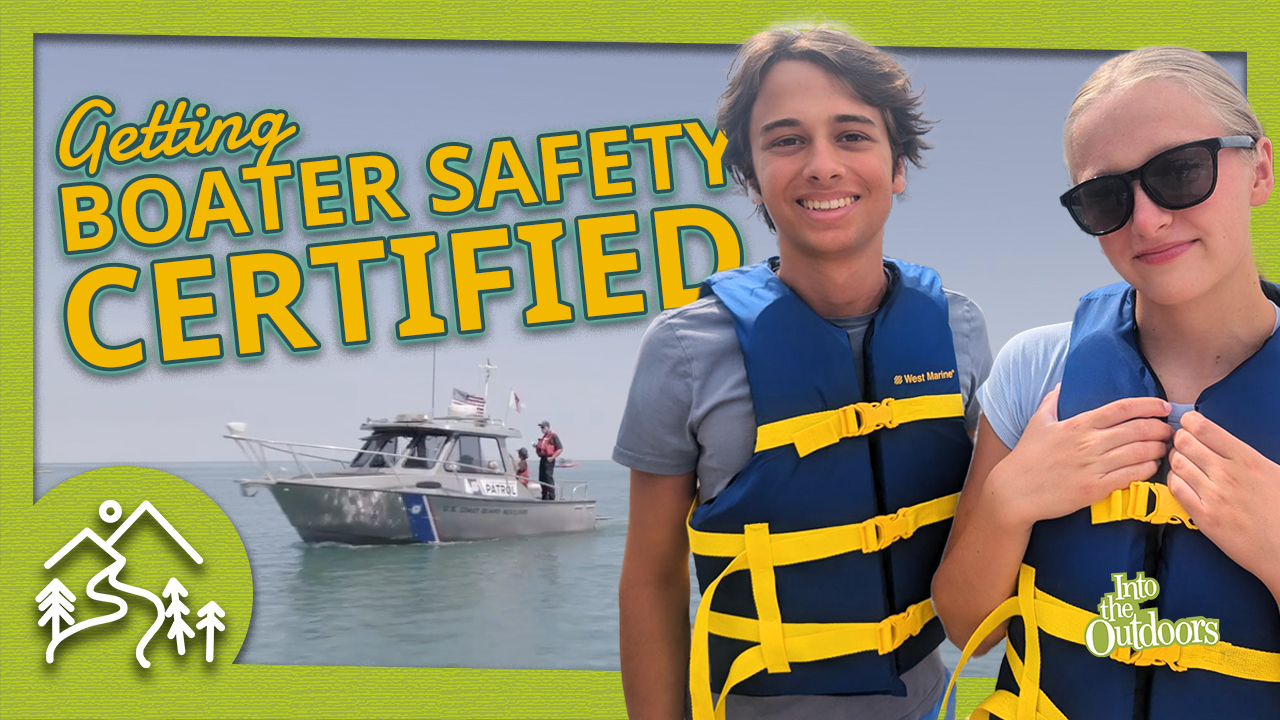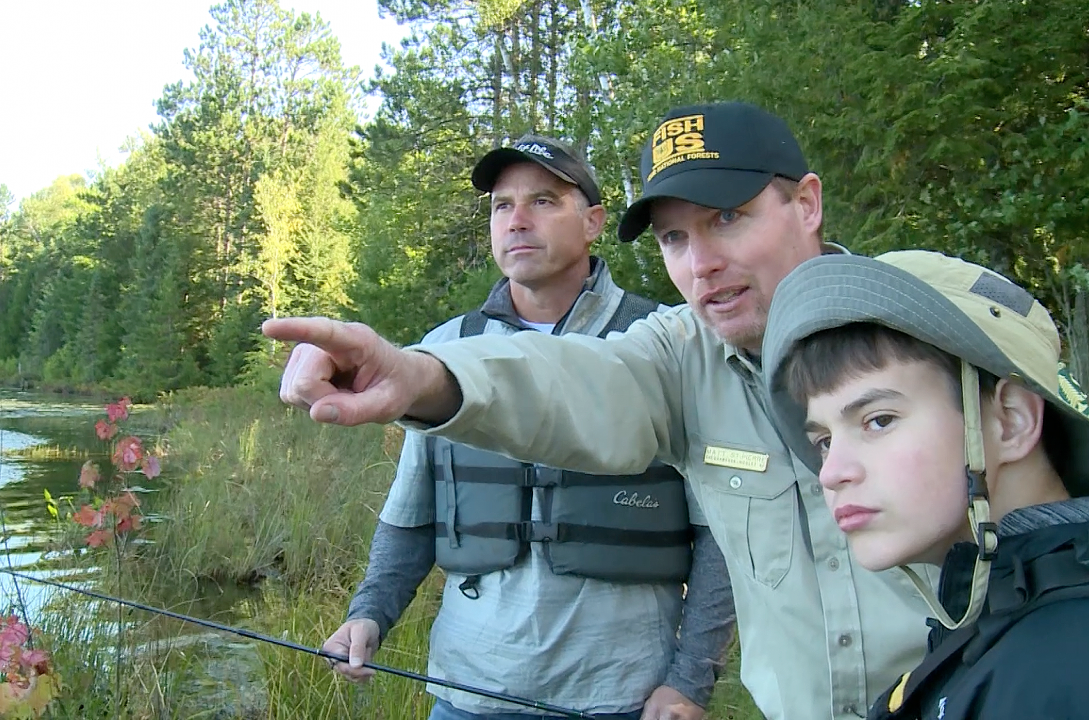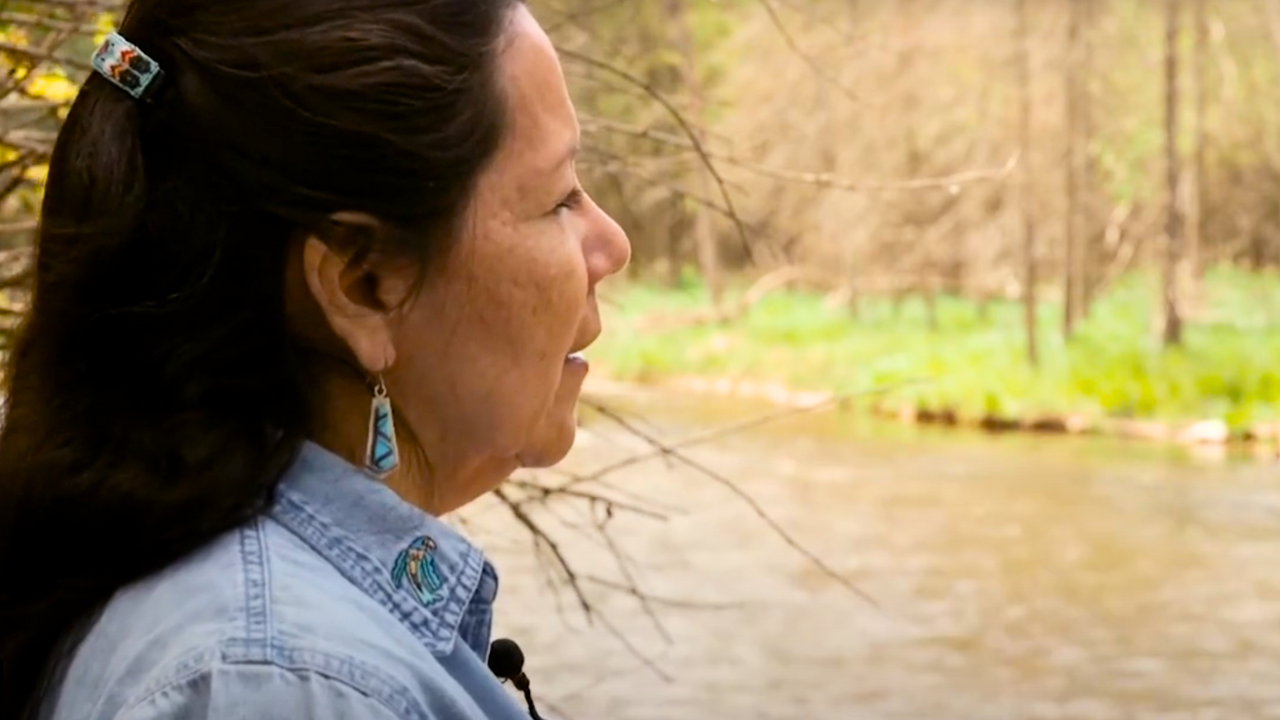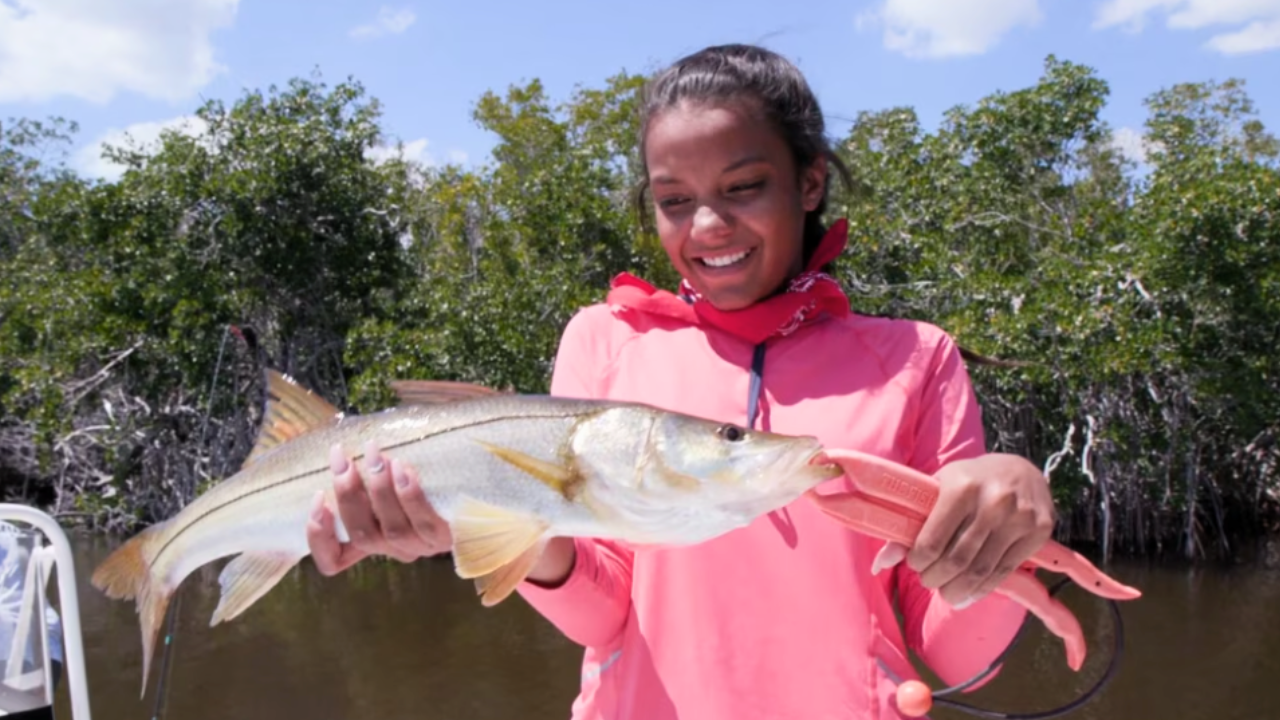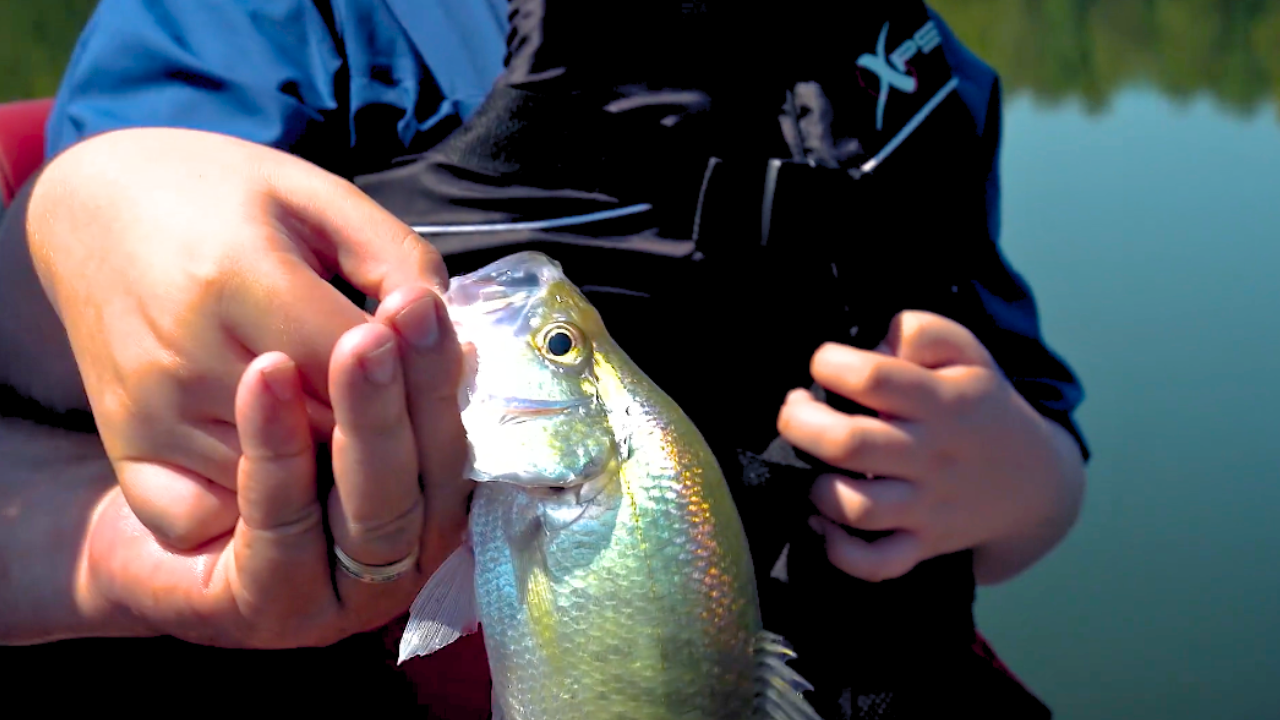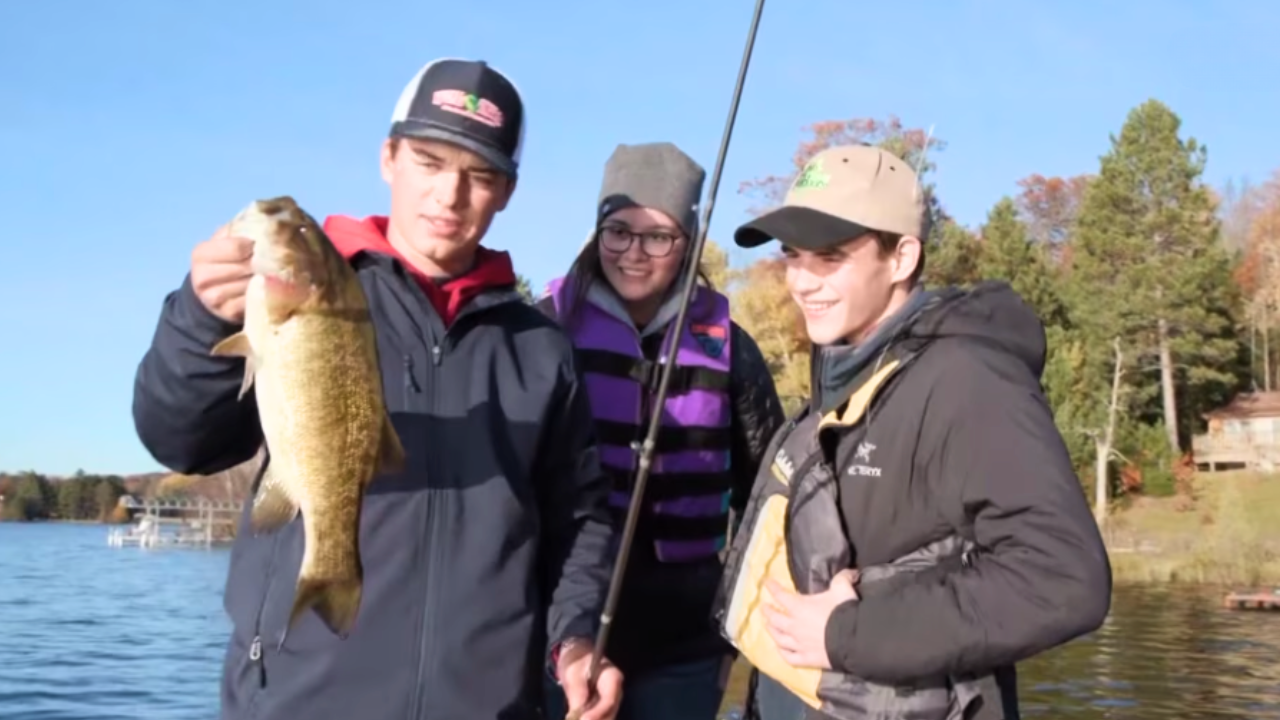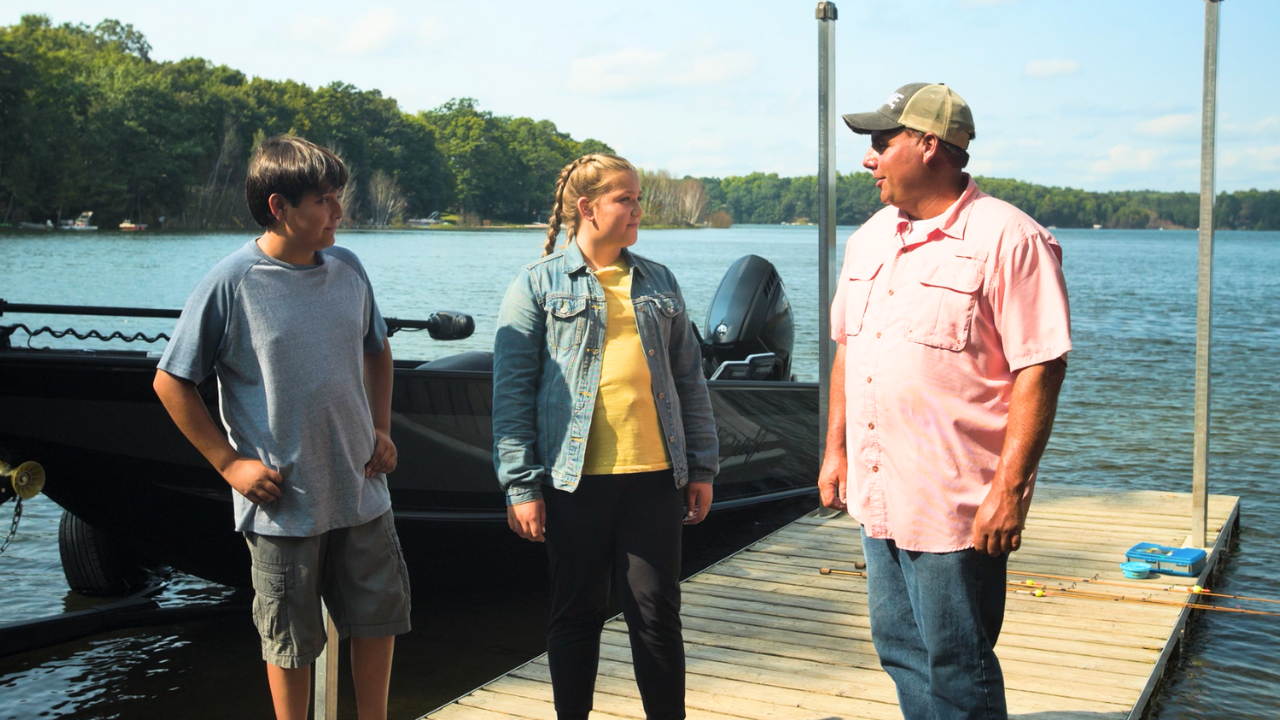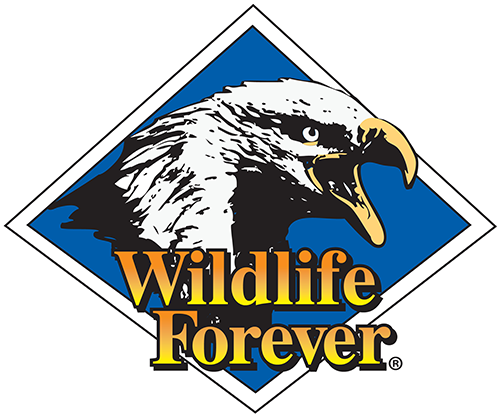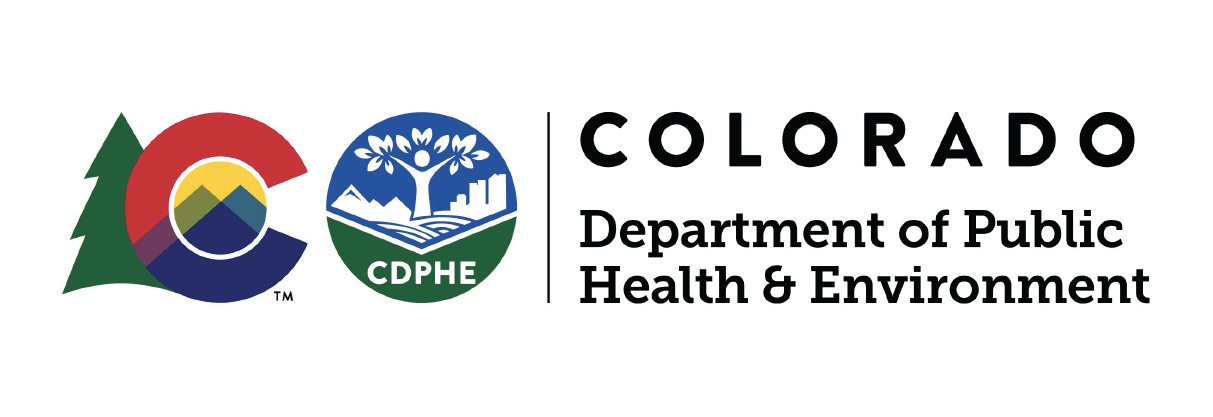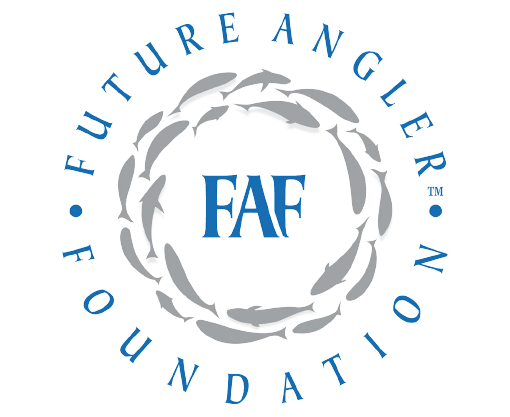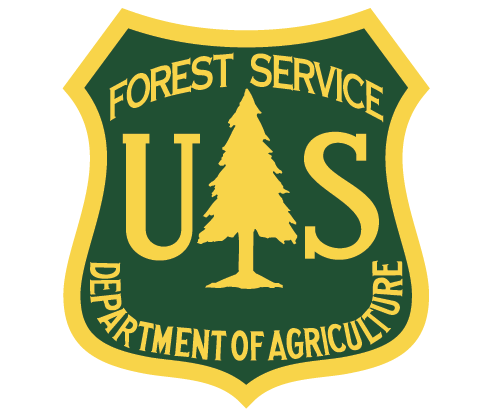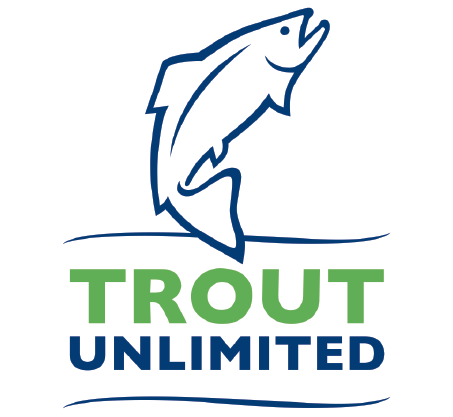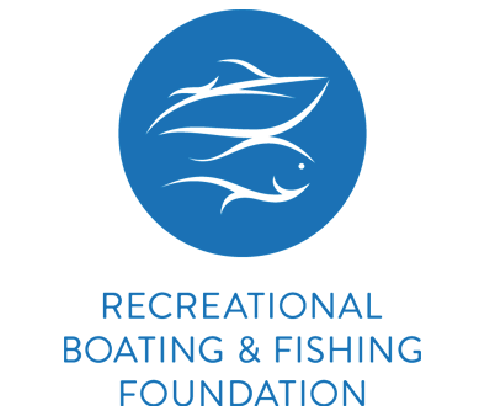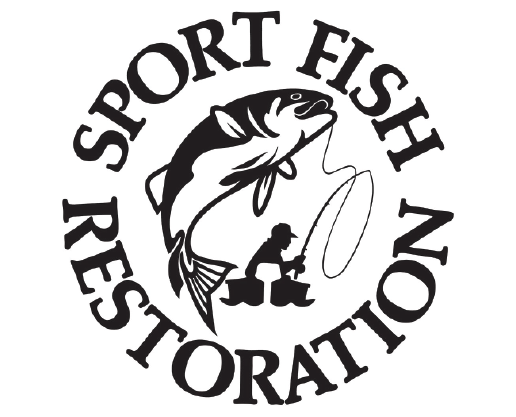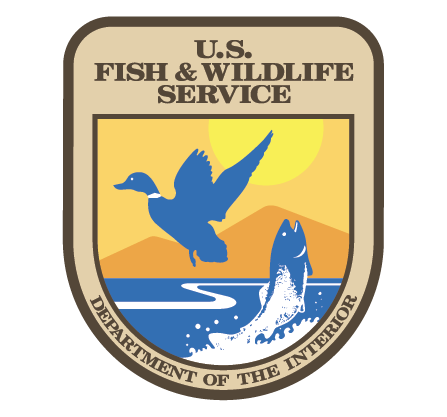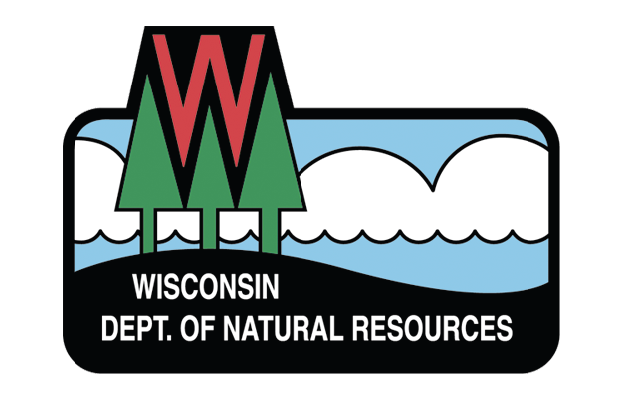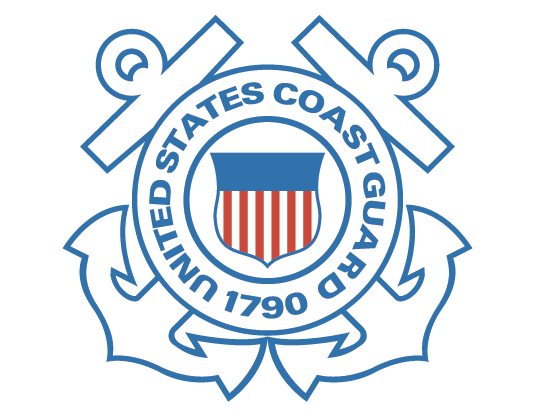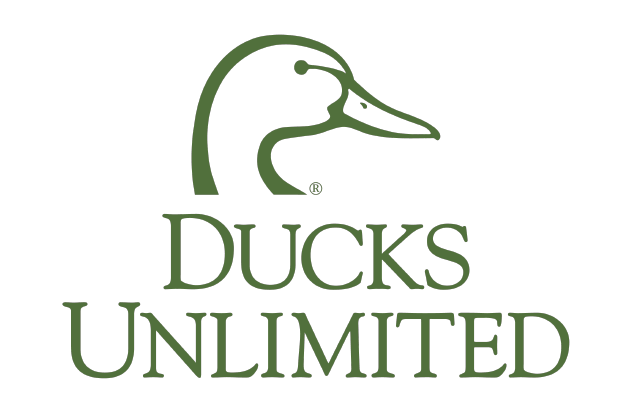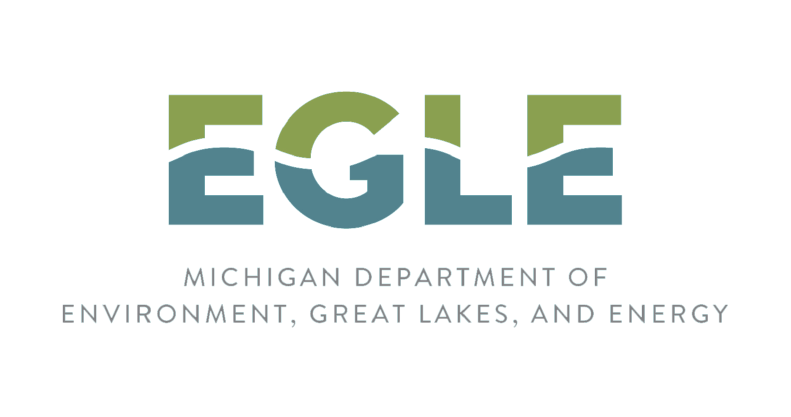GETTING FAMILIES FISHING & BOATING INITIATIVE
The Wildlife Initiative for conservation education
ADAPTIVE RECREATION EDUCATION INITIATIVE
ENERGY EDUCATION INITIATIVE
CONSERVATION & SHOOTING SPORTS EDUCATION INITIATIVE
Imagine having the power to educate and reshape perceptions in millions of American households using the nation’s only 18-time Emmy-winning outdoor youth educational television series. Then imagine that you also have the power to penetrate classrooms and home-schoolers across the country with a week-long peer-driven curriculum that inspires our next generation of anglers, boaters and aquatic conservationists.
We don’t have to imagine anymore. America’s Getting Families Fishing & Boating Initiative, managed by the Wildlife Forever and the Into the Outdoors Education Network, has been pivotal in building an unprecedented educational media production and distribution network that delivers the one-two punch of a national television series and interactive classroom curriculum that’s recruiting millions of new anglers and fisheries conservationists. And the numbers are astounding. So far, the Getting Families Fishing & Boating Series has been telecast across the country 884 times on 165 channels, making 30,115,483 half-hour impressions. Plus, many of the newer shows are still waiting to cycle into public broadcasting distribution, boosting the numbers even more!
Whew! With MILLIONS of impressions a year, the entire fishing community, agencies, orgs, and industry can sit back and rest assured about the secure future of fishing and aquatic conservation, right? Definitely not. See why below.
Content Is King

Why New Content?
The formula to reach millions is simple.
New programs = continued success.
Program directors demand new TV programs each season to keep airing the series. Without new programs, they can drop off the network that everyone has worked so hard to build. That’s why NEW content is king.

Why Content Partners?
“Content partners” who get to tell their stories are the crucial key to unlock the power of influencing a nation. They only fund the actual production cost of new television shows and the classroom lessons with videos.
The rest of the partners in the entire network of television and educational distributors assume the responsibility of promoting and distributing the programs for years to come.
RESHAPING PERCEPTIONS
Simply telling a kid to, “try fishing”, or “go boating” won’t recruit them. Experts agree that recruitment is a multi-step engagement and educational process that first requires a young person, using their own value system, to decide for themselves that fishing and boating could be fun and safe outdoor activities they would like to try… and share with family or friends. Then they need realistic pathways to try fishing for the first time.
So what educational tools can effectively make that impression? Research shows that today’s youth are influenced in their recreational decisions in two ways: 1) Peer-hosted media that entertains, engages and educates them, 2) Peer-driven classroom activities where they share in a process of discovery and self expression. And once kids form their own value-based decisions, they also have a major influence on their family’s recreational activities… such as fishing.
Unfortunately, few agencies or organizations have the multi-million dollar staff, infrastructure, personnel, budgets or today’s technical experience to produce and distribute broadcast media to FCC/PBS E/I (educational/informational) standards and develop a comprehensive educational curriculum that can inspire kids to want to go fishing… or to practice proper boating safety when they do go fishing.
The Solution
Fortunately, the Getting Families Fishing & Boating Initiative™ was launched and today, Wildlife Forever leads this partnership with support from the U.S. Coast Guard, the U.S. Forest Service, and the Into the Outdoors Education Network. In 2019 the U.S. Fish and Wildlife Service joined the program through a Sport Fish Restoration grant. The success expanded in 2020 as state DNRs and the Recreational Boating and Fishing Foundation also partnered in the content creation of the program.
The end result so far… is a combined total of 40 half-hour Getting Families Fishing & Boating television shows and classroom education videos with lesson activities, distributed nationally. And although it’s a “youth education” series, metrics reveal that half the audience are in fact adults… parents and mentors who can take kids fishing or boating, and are the ones buying fishing licenses. Judge for yourself the production quality and the recruitment techniques by watching some of these youth fishing programs.
Because new family fishing and safe boating content is key to continued success of any series, this program needs content funding partners. TV distributors are already contributing $300,000 of in-kind airtime value for each half-hour episode. That’s another reason this one-of-a-kind program is so rare. It’s because everybody wins… state and federal agencies, orgs, conservation programs, educational television, classroom education, the entire R3 fishing-boating community and… the collective futures of fishing and boating. So please, take a moment to see all the ways this program inspires and empowers our future anglers, boaters, and next generation of aquatic conservationists along with your role in helping fund the continuation of this program by becoming a content partner… so that you can tell your getting families fishing and boating, and aquatic education stories to millions.
BROADCAST TELEVISION
The Into the Outdoors Education Network airs on ABC, NBC, CBS, FOX, and is shared with public broadcasting affiliates through the National Educational Telecommunications Association (NETA). NETA’s distribution system reaches and presents educational programs to over 277 public broadcasting stations across 46 states. Each month, over 109 million people watch their local public TV stations. This educational television series is the only program to earn 18 Emmys from the National Academy of Television Arts & Sciences for the top youth educational series in the Midwest. Your show (content funding partners) is aired three times a year for two years. But broadcast television is just part of this story… read on.
NATIONAL DIGITAL & ONLINE CHANNELS
Despite the impressive broadcast television network, this program has stayed on the crest of the digital wave where more of today’s youth and young families watch media on streaming platforms. These “cable cutters” in Generation X, Millennials and Generation Z often watch their media on their smartphones and streaming platforms. That’s why ITO expanded the impact of this series by ensuring widespread viewing availability on platforms such as YouTube and on the ITO website. Both are accessible “on demand” anytime and anywhere with an Internet connection.
ONLINE EDUCATIONAL NETWORK - CLASSROOM VIDEOS AND LESSONS
Each half-hour TV program has the opportunity to be supported by classroom education videos distributed to teachers and students along with free classroom lesson activities that encourage hands-on learning.
AGENCY DISTRIBUTION
All of the educational classroom videos and lesson activities are offered free open-source nationally to every state/federal agency, organization/institution, and individual/family.
EMPOWER CRITICAL THINKING USING SCIENTIFIC RESEARCH
And finally, all of the entertainment and educational media content in this program uses key psychological and production elements that empower kids to think critically for themselves using their sensibility and value systems. Research shows that these sophisticated media and educational techniques can be 400% more effective at shaping someone’s perception about fishing as opposed to trying to tell someone what to think.
Decoding How This Program Impacts Millions
Getting Families Fishing Trailer
See if you can pick out all the R3 engagement elements in this 2-minute trailer from the half-hour programs that use R3 research to inspire kids and families to share the fun and personal discovery of fishing.
Lasting Classroom Impressions
Hear what teachers and school administrators say about how these Emmy-winning programs empower both teachers and students in classrooms across the county to connect with the outdoors and angling.
View our Current Collection
Partner With Us
By now you can clearly see how this program uses three proven pillars that engage today’s generation – television, online videos and peer-learning classroom activities combined with key R3 strategies to create pathways for kids and their families to try fishing while practicing boating safety. And when you look at the partners below, you may notice that one of the most important things missing from this program right now… IS YOU.
So please, take a moment right now to contact us below to discover your vital role and your rewards in recruiting our next generation of safe-n-smart anglers and boaters by joining the… Getting Families Fishing & Boating series.
Distribution Partners






